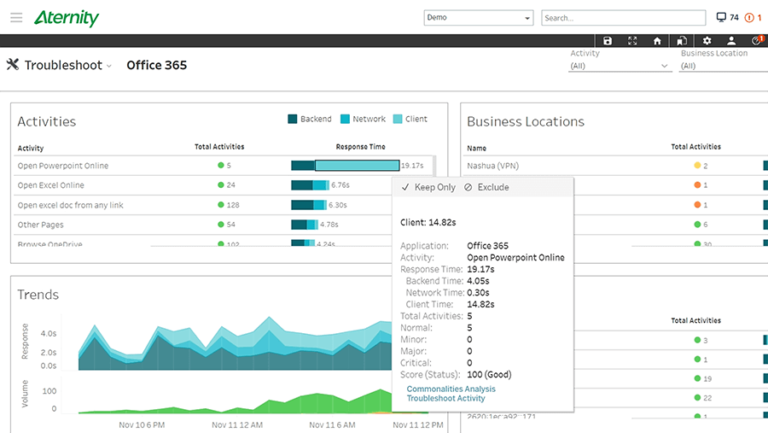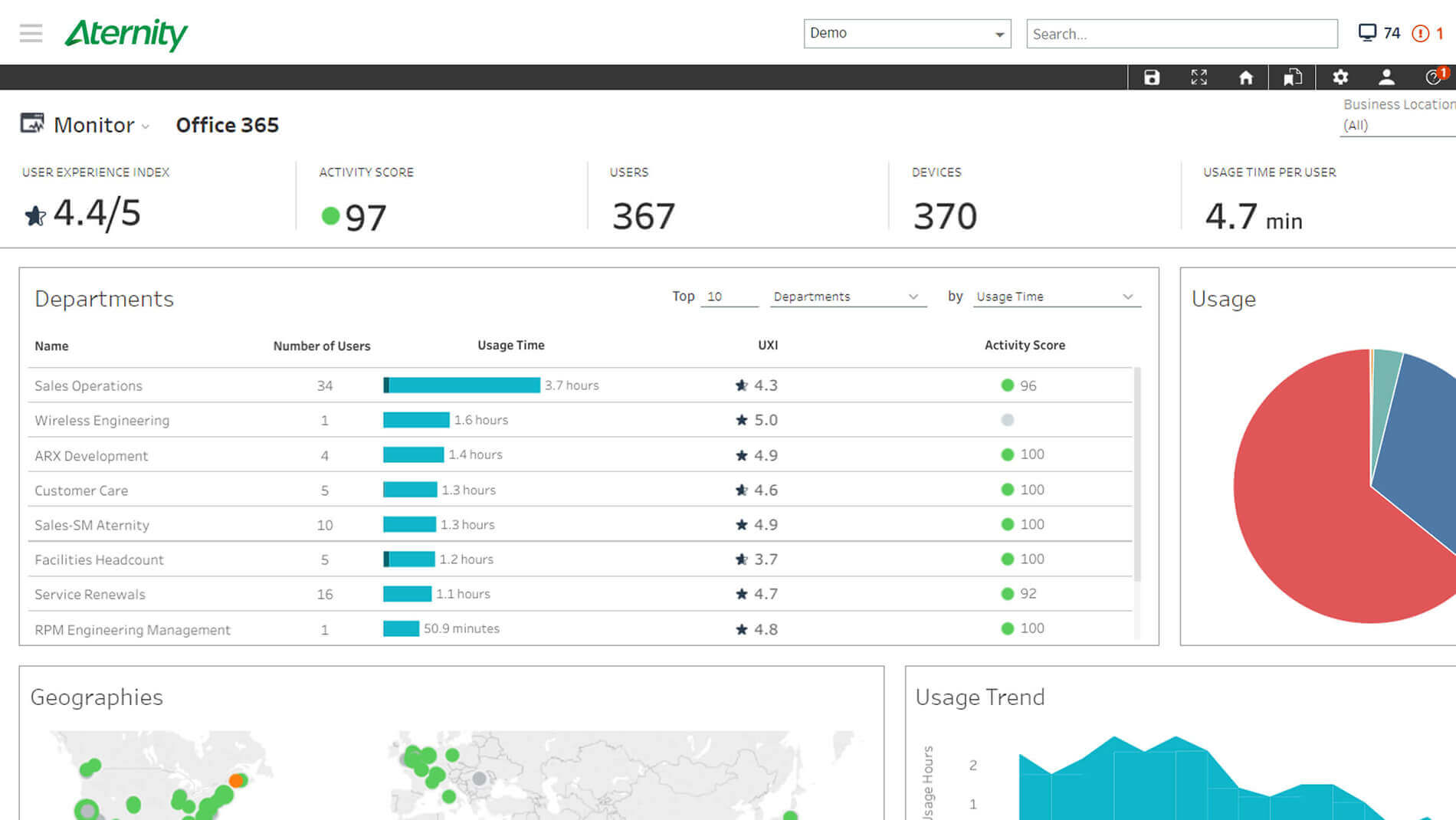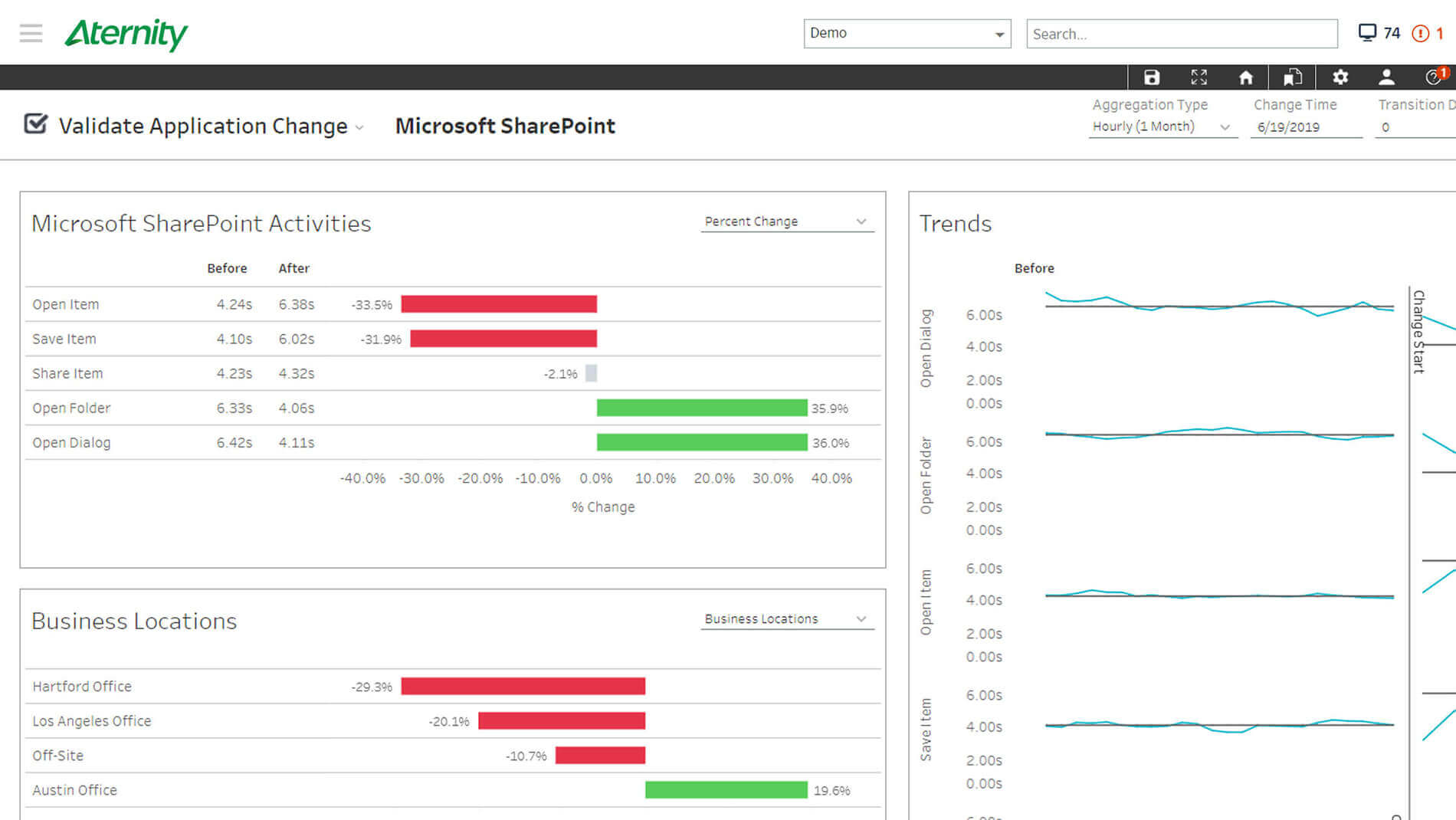Contributor: Riverbed Solutions Architect, Charles Allen.
The Digital Workforce
The work-from-anywhere digital workforce is here to stay. In the past, organizations were apprehensive about allowing employees to work from home. However, due to the COVID Pandemic, organizations are not only permitting employees to work from home, they are promoting it. In preparation for a work-from-anywhere shift, organizations invested heavily in digital workplace technologies like Office 365 (O365) and modernizing their business processes and culture. As a result, these organizations realized that not only could they be successful but there were numerous advantages to this model. It is far less expensive for the business and employee, and much cleaner for the environment. However, this new work-from-anywhere model does not come without potential downsides. Gartner reports that 30% of business leaders are concerned about maintaining corporate culture and 13% worry about providing seamless employee experience. “It is critical that employers get their corporate culture and employee experience right during this period of uncertainty,” said Brian Kropp, chief of research for Gartner’s HR practice. “Both facets help ensure organizations achieve the financial, reputation and talent outcomes that will drive business outcomes and competitive advantage.”
Office 365 Observability Challenges
O365 is a more robust, subscription-based, cloud native version of Microsoft Office which has been used in the workspace for years. It is a collection of productivity software products which include Word, Excel, PowerPoint, Outlook, Microsoft Teams, OneDrive, and SharePoint. It supports generative business culture where employees are encouraged to work collaboratively. Employees can collaborate with peers and across teams, co-author documents in real-time, and share and present material with Microsoft Teams. With O365 working-from-anywhere as a team or individual has never been so easy or seamless.
However, this ease of use also brings several challenges for the business charged with protecting and delivering a positive digital experience. How do you compliment the data you get from Microsoft Workplace Analytics with insight into performance and digital user experience of your critical O365 business activities? There are three key observability challenges O365 introduces which bring difficulty for IT:
- Responsibility without control – IT is held accountable for O365 performance but does not control the infrastructure on which it runs.
- Achieve collaboration goals – prove your Office 365 deployment improves digital workplace productivity.
- Keep pace with change – application and network changes can affect O365 service quality either positively or negatively.
Aternity 0365 Digital Experience Management
The Aternity Digital Experience Management (DEM) platform provides AI-powered analytics and self-healing control for any application, including O365, from the point of IT consumption – the user’s device. Aternity DEM provides three observability capabilities to any application:
- End User Experience Monitoring (EUEM) – Self-healing and visibility into the end user experience of every cloud, SaaS, thick client, or enterprise mobile app in your portfolio, running on any device.
- Device Performance Monitoring (DPM) – Insights into performance and health of laptops, desktops, VDI, and mobile devices, along with self-healing to automatically resolve issues.
- Benchmarking – Comparison of your organization’s digital experience to others in the market by leveraging IT service benchmark data from millions of devices.
- Aternity easily solves the three 0365 observability challenges:
Responsibility without control – reduce finger-pointing and speed up problem resolution by isolating application performance problems to the user’s device, the network, or the SaaS vendor’s back-end.

Achieve collaboration goals – Track O365 adoption and analyze trends in usage and digital experience with Experience Level Agreements (XLAs) to ensure IT business goals are met. XLAs provide a human-centric measurement, that represents a commitment by an organization to create a positive human digital experience. The keyword “commitment” refers to a generative business culture where the human digital experience is at the forefront of most business decisions.

Keep pace with change – Validate changes and compare performance before and after your vendor makes app and infrastructure changes to ensure they result in better service.

Business Outcome
The Aternity DEM platform enables a healthy generative business culture and provides the capabilities needed to gain actionable insights into adoption, change, and performance of critical IT services like O365. Aternity ensures better service with XLAs, which augment the overall availability metrics in your provider’s SLA. This, in turn, more accurately reflects the end user experience for O365.
For more information on this solution please follow the links below.
https://www.aternity.com/solutions/better-service-xla/
https://www.aternity.com/solutions/office-365-end-user-experience-monitoring/





